 中文版
中文版


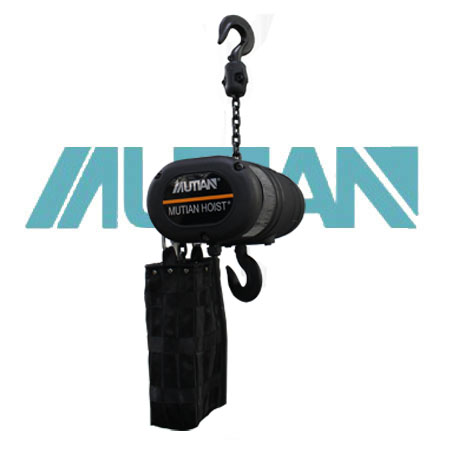
Welcome to contact us by phone:0086-0312-7969888
The internal structure of a stage electric crane can vary depending on the specific model and manufacturer. However, I can provide a general overview of the key components commonly found in a stage electric crane:
Frame and Structure:
The frame forms the structural basis of the crane. It provides support for all other components and is designed to withstand the load and stresses during operation.
Hoist Mechanism:
The hoist mechanism is responsible for lifting and lowering the load. It typically consists of an electric motor, gearbox, and a system of pulleys or gears to provide the necessary mechanical advantage.
Electrical Components:
Stage electric cranes are powered by electricity. The electrical components include the motor(s) for driving the crane, control systems for managing crane movements, and cables for power distribution.
Control System:
The control system allows the operator to manipulate the crane's movements. It may include joysticks, buttons, or other interfaces to control the hoisting, lowering, and horizontal movements of the crane.
Boom or Jib:
The boom or jib is the horizontal arm of the crane that extends from the main structure. It plays a crucial role in positioning the load. Depending on the design, it may be fixed or have telescopic sections for increased reach.
Counterweights:
Counterweights are used to balance the crane and prevent tipping. They are strategically placed to offset the weight of the load and ensure stability during lifting operations.
Limit Switches and Sensors:
To enhance safety and prevent overloading or collisions, stage electric cranes often feature limit switches and sensors. These devices can automatically stop or modify crane movements based on predefined limits.
Braking System:
Cranes are equipped with braking systems to control the speed of movement and to stop the crane securely when needed. Common types include mechanical brakes or regenerative braking systems.
Power Supply:
Stage electric cranes require a reliable power supply. Depending on the design, power may be supplied through cables connected to the grid, generators, or other power sources.
Lifting Hook or Attachment:
The lifting hook or attachment is the component that directly connects to the load. It may be a hook, spreader bar, or other attachment designed to securely lift and hold the load.
Base or Mounting System:
The crane is typically mounted on a base or support structure. In some cases, the crane may be mobile with wheels or tracks for easy relocation.
It's important to note that the internal structure and components can vary between different types of stage electric cranes, such as overhead cranes, gantry cranes, or jib cranes. Additionally, manufacturers may incorporate specific features or technologies unique to their products. Users should refer to the manufacturer's documentation for detailed information on the internal structure of a specific stage electric crane model.
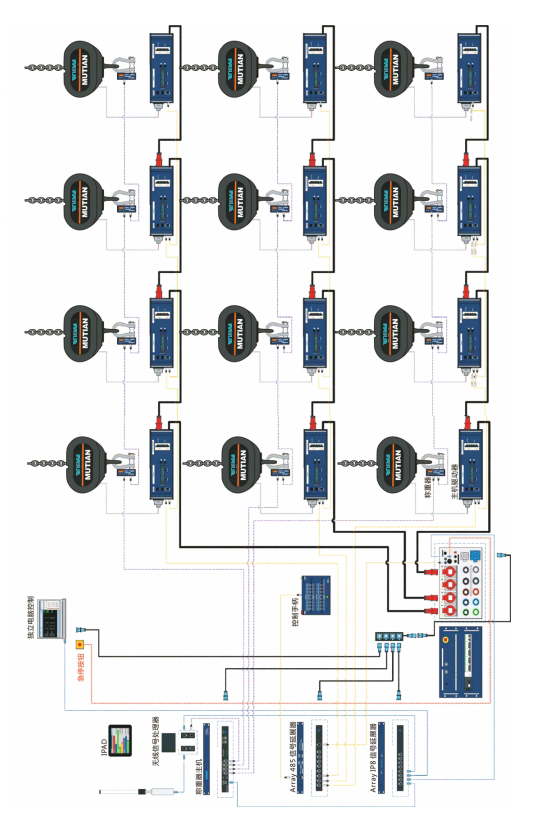
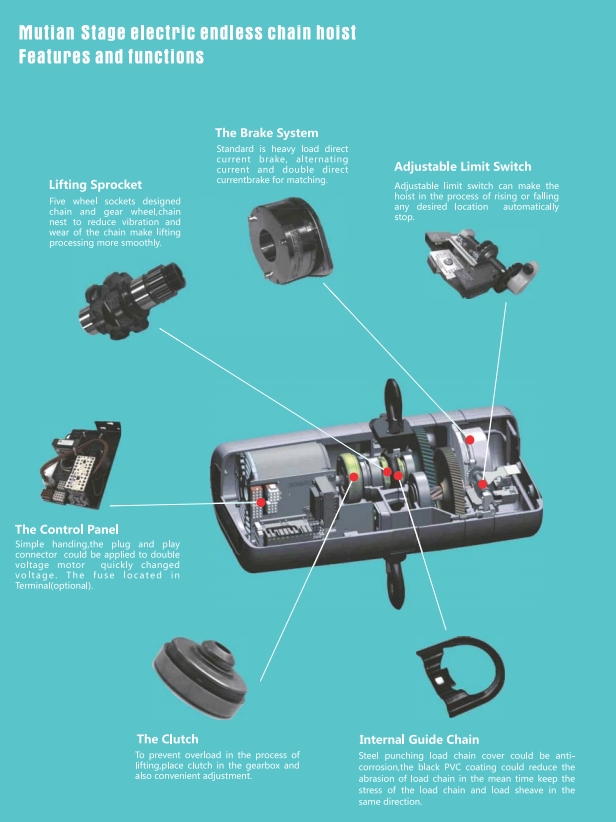
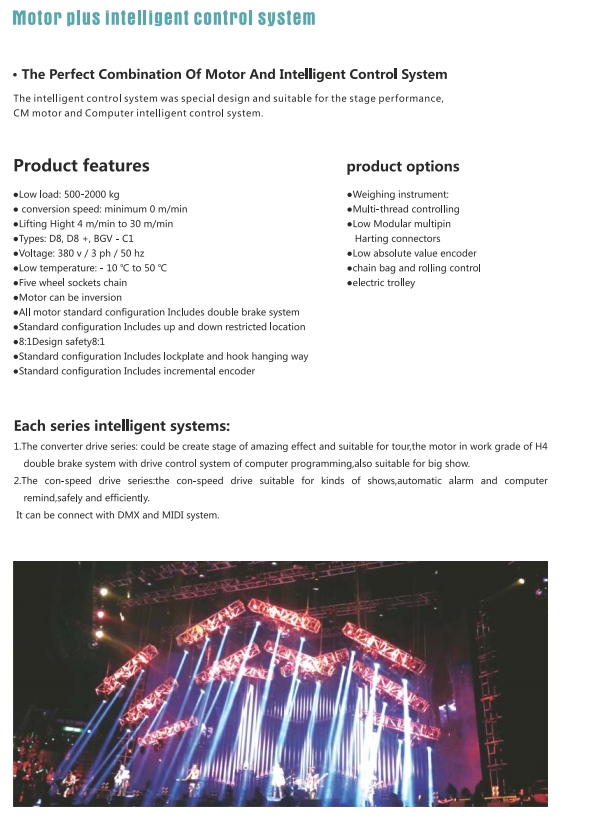
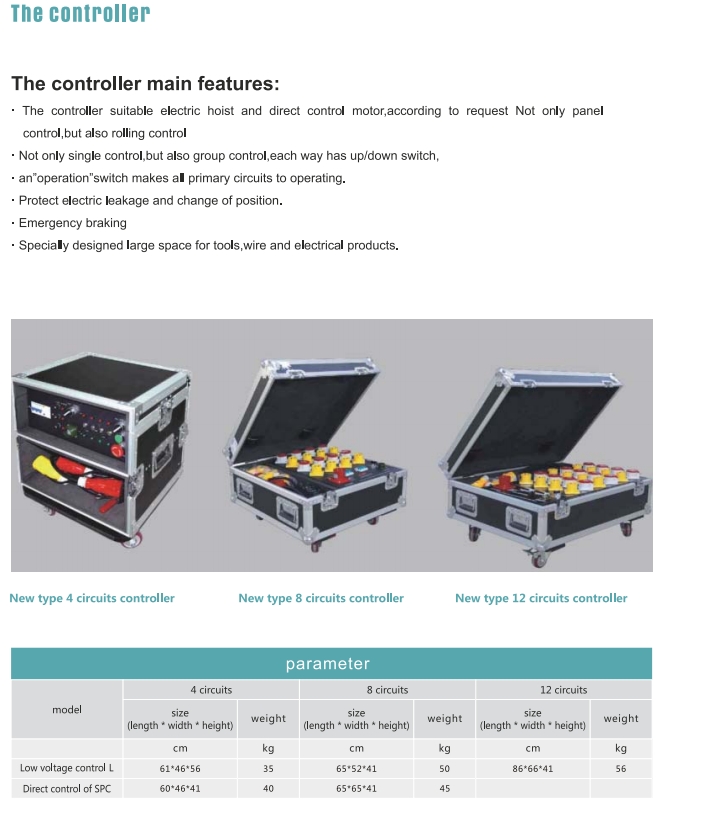
X